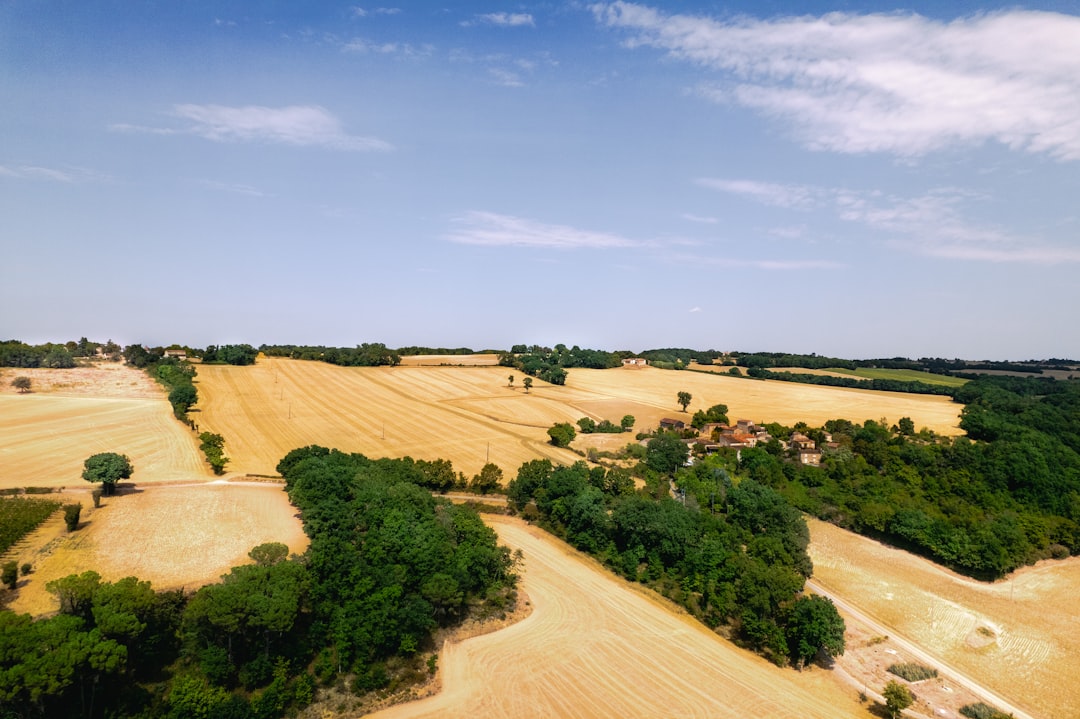Permaculture isn’t just for backyard gardens—it offers a transformative approach to farming that prioritizes sustainability, resilience, and productivity. By harnessing nature’s inherent design principles, farmers can create systems that work in harmony with the land, reducing input costs while boosting yields and environmental health. In this post, we’ll explore how permaculture can revolutionize farming practices and provide practical strategies for designing agricultural systems that are both sustainable and productive.
Integrating Permaculture Principles on the Farm
At the heart of permaculture is the idea of mimicking nature’s own patterns to build efficient, self-sustaining systems. Key principles that guide permaculture farming include:
-
Observation and Interaction: Understanding the local ecosystem is crucial. By observing soil types, water flows, native plants, and wildlife, farmers can design systems that leverage these natural dynamics.
-
Diversity and Polyculture: Moving away from monoculture, permaculture encourages a mix of crops, animals, and perennial plants. This diversity improves resilience against pests, diseases, and market fluctuations.
-
Energy Efficiency: By optimizing the use of natural resources like sunlight, water, and wind, permaculture farms can reduce reliance on external inputs such as synthetic fertilizers and fossil fuels.
-
Waste as a Resource: Permaculture emphasizes creating closed-loop systems where waste from one process becomes a valuable input for another, reducing overall waste and environmental impact.
Designing the Farm Layout: Zones and Sectors
Zones and sectors are essential planning tools in permaculture, guiding the spatial organization of the farm to maximize energy efficiency and productivity.
-
Zones:
-
Zone 0: The farmstead or farmhouse, serving as the operational hub.
-
Zone 1: Areas requiring frequent attention such as vegetable gardens, greenhouses, and animal pens.
-
Zone 2: Orchards, larger crop fields, and integrated livestock systems that need periodic care.
-
Zone 3: Production zones that require minimal intervention, such as pastures or forage areas.
-
Zone 4: Managed wild spaces for forage, timber, or medicinal plants, which support biodiversity.
-
Zone 5: Wilderness areas left to nature, providing ecosystem services like pollination and natural pest control.
-
-
Sectors:
By analyzing the influence of natural forces—sunlight, wind, water, and wildlife—farmers can strategically place elements to harness benefits and mitigate challenges. For instance, positioning windbreaks can protect sensitive crops, while water catchment systems can optimize irrigation.
Regenerative Practices for Soil and Water Management
Healthy soil and efficient water management are the lifeblood of a productive farm. Permaculture practices offer a range of strategies to build and regenerate these vital resources:
-
Soil Building:
-
Composting and Green Manures: Recycling organic waste and growing cover crops enrich soil with nutrients and organic matter.
-
No-Till Methods: Minimizing soil disturbance preserves the natural structure and microbial life essential for nutrient cycling.
-
-
Water Management:
-
Rainwater Harvesting: Installing catchment systems and storage tanks ensures a reliable water source during dry periods.
-
Swales and Contour Plowing: Designing the land to capture and slow water runoff reduces erosion and maximizes water infiltration.
-
These practices not only improve crop productivity but also contribute to long-term soil health and farm resilience.
Integrating Livestock and Crop Production
A hallmark of permaculture is the integration of animal husbandry with crop production, creating a dynamic and synergistic system:
-
Holistic Grazing: Managed grazing systems allow livestock to fertilize pastures naturally while controlling weed growth and promoting biodiversity.
-
Animal-Plant Synergy: Animals can help control pests, and their manure can be composted to enrich the soil. In turn, crops provide forage and shelter, creating a mutually beneficial cycle.
-
Polyculture Systems: Interplanting diverse species—such as combining fruit trees with forage crops and pasture—enhances ecological resilience and offers multiple income streams.
This integrated approach not only maximizes resource use but also creates a diversified farm ecosystem that is more resistant to external shocks.
The Economic and Environmental Benefits
Embracing permaculture on farms offers a range of benefits that extend well beyond immediate productivity:
-
Economic Resilience: Lower reliance on expensive chemical inputs, reduced labor through efficient design, and diversified production create a robust financial foundation.
-
Environmental Stewardship: Permaculture practices promote biodiversity, conserve water, sequester carbon in soils, and restore degraded landscapes, contributing to a healthier ecosystem.
-
Community and Food Security: Sustainable farms produce nutritious food while fostering stronger community ties and local economies, ensuring long-term food security.
Conclusion
Permaculture for farms represents a shift from conventional, resource-intensive agriculture to a model that harmonizes with nature’s own systems. By integrating smart design principles, regenerative practices, and the strategic use of zones and sectors, farmers can build systems that are both highly productive and environmentally sustainable.
The journey toward a permaculture farm is one of continuous learning, adaptation, and innovation. As more farmers embrace these practices, we move closer to a future where agriculture is regenerative, resilient, and in tune with the natural rhythms of the land—delivering abundant, nutritious food for generations to come.
Embrace the permaculture mindset on your farm, and discover the transformative power of working with nature to create a sustainable and productive agricultural system.

Comments
No comments yet. Be the first to comment!
You must be logged in to comment. Login